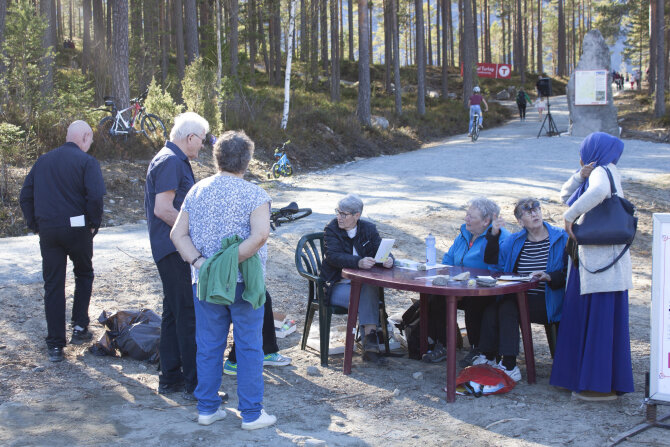Activity 2: Involve People
Drawing on the goals and specifications, you can prioritise and challenge the initial project ideas to develop people-centred engagements.
Every project involves people or communities with different needs and aspirations. Mapping these and reaching consensus is a part of the creative briefing process. This will provide a framework for solutions Progress the client’s vision, ambitions and expectations in response to the insights you uncover. It is good to check and even challenge the initial issues that the developer or client has presented. This activity defines various user groups and stakeholders for involvement. Scale the level of user engagement to fit the project.
METHODS
- Highlight key participants: Each phase requires a distinct set of people who play important yet varied roles within the project team. These include architects, consultants, designers, access advisors, contractors and project managers, amongst others. A particular challenge can be ensuring that all members of the design and construction teams understand the detailed Inclusive Design requirements and do not deviate from the vision. This can be achieved by strengthening communication, and producing a level of oversight throughout. Appointing a champion and creating clear guidelines will also help.
- Identify lead users: Select user groups and stakeholders, such as the people who will use the space, live next to it, maintain it or own it. Make sure that all groups are involved and that insights are gathered from a variety of people. Research should focus on supporters as well as actively involving those who are less visible or marginalised.
- Methods, focus and framework: Define methods for engaging with users and stakeholders using different tools, such as interviews, observations, provocations or virtual reality workshops. Designing the research is a creative and important activity. Use insights that you gather to identify and map key issues, looking beyond the obvious to uncover hidden needs and perspectives. Co-creation is at the heart of this activity, so be prepared to have your ideas challenged. However, this can spark more creative solutions that are relevant to the end-users.
- Define expectations: Look at what the client wants, as well as the user’s expectations. Get perspectives from other professionals, such as an anthropologist or a service designer. This is not simply about bringing novelty value to the project but about enabling innovation at a deeper level.

END RESULT
This activity will give you rich insights that provide a solid evidence base for creating an initial brief that is people-centred and useful for both the core team and the users of the solution. It can help to set common objectives to drive the operational plan. It will also provide an Inclusive Design landscape, and the methods you create can be refined for the next project. Insights can be captured and documented for future use. You will always get more insights than are applicable for a single project.